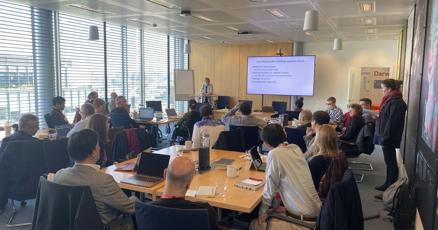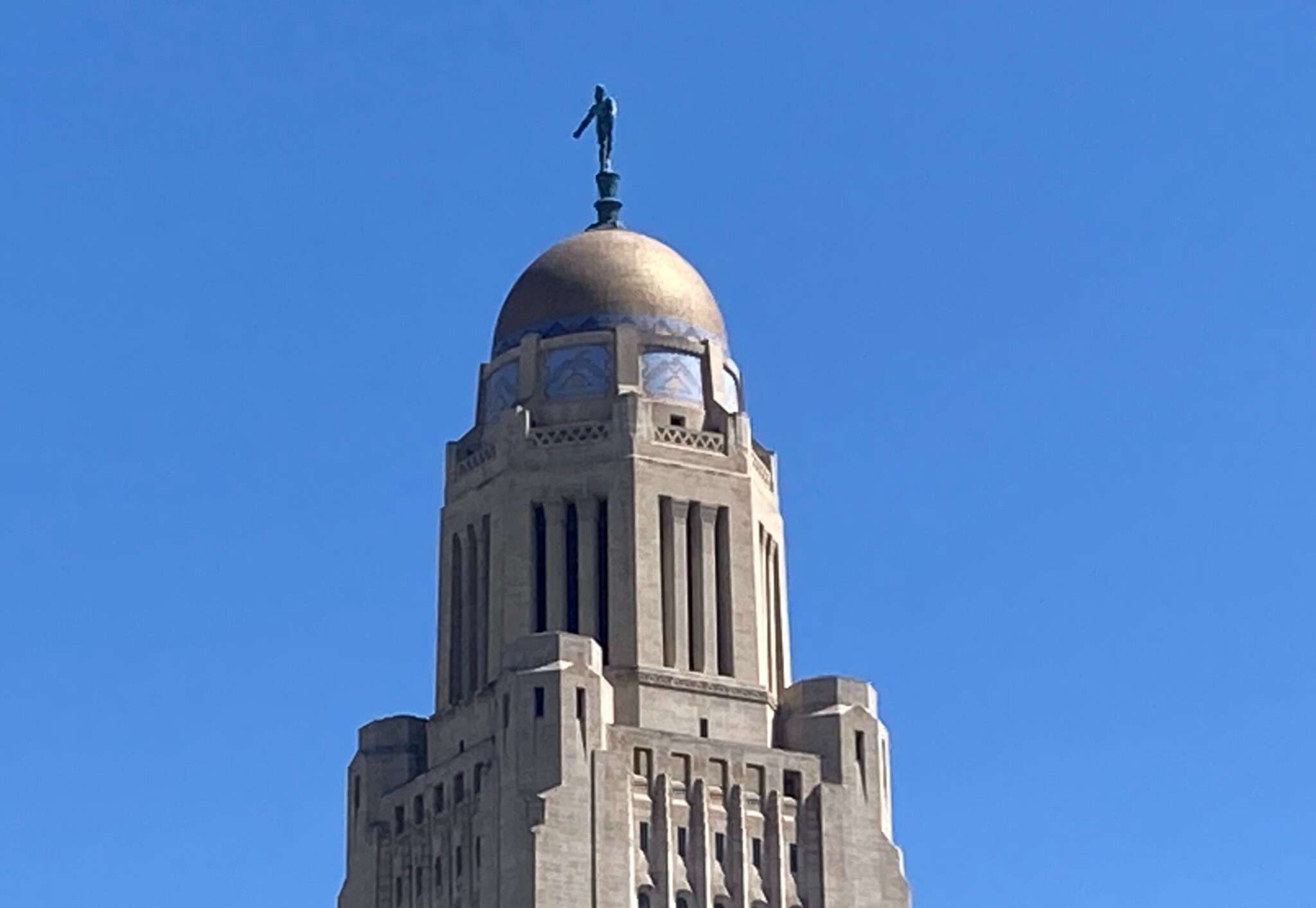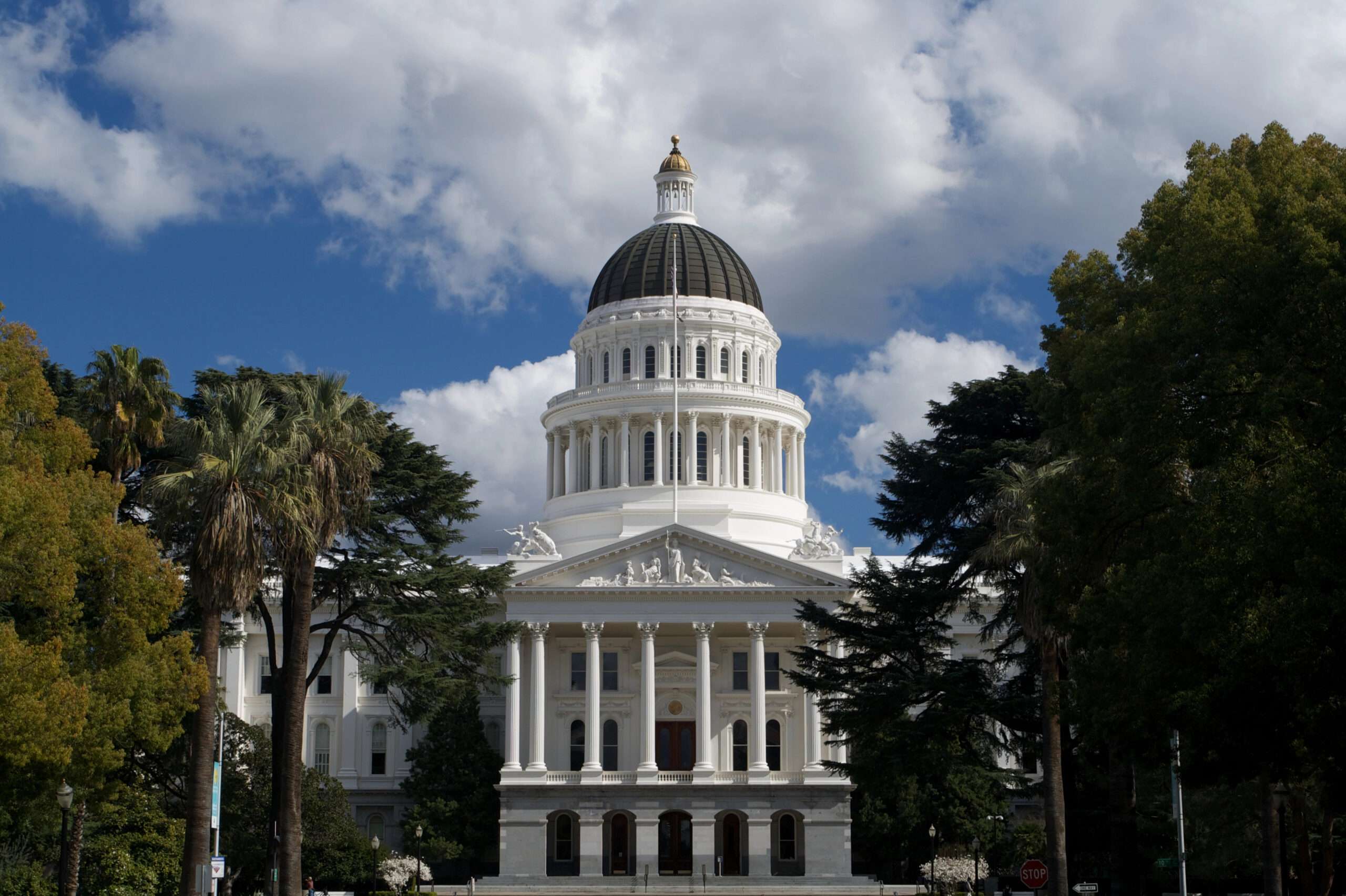
Navigating Tariff Chaos: Inside the Strategic Playbook of Top CEOs
In a revealing new study by leadership advisory firm Russell Reynolds, C-suite executives are signaling growing concerns about economic and geopolitical challenges that are reshaping the business landscape. The report highlights the mounting pressures facing top-level leaders as they navigate an increasingly complex and unpredictable global environment. Senior executives are demonstrating heightened awareness of the intricate economic and geopolitical dynamics that could potentially disrupt their strategic planning and organizational growth. The Russell Reynolds research underscores the critical need for adaptability and strategic foresight in today's volatile business climate. Key findings suggest that leaders are intensely focused on understanding and mitigating risks stemming from global economic uncertainties and geopolitical tensions. This strategic vigilance reflects a proactive approach to leadership in an era of unprecedented global interconnectedness and rapid change. As businesses continue to operate in an increasingly uncertain world, the ability to anticipate and respond to emerging challenges has become a paramount skill for top-tier executives. The Russell Reynolds report serves as a timely reminder of the complex challenges facing corporate leadership in the current global landscape.









